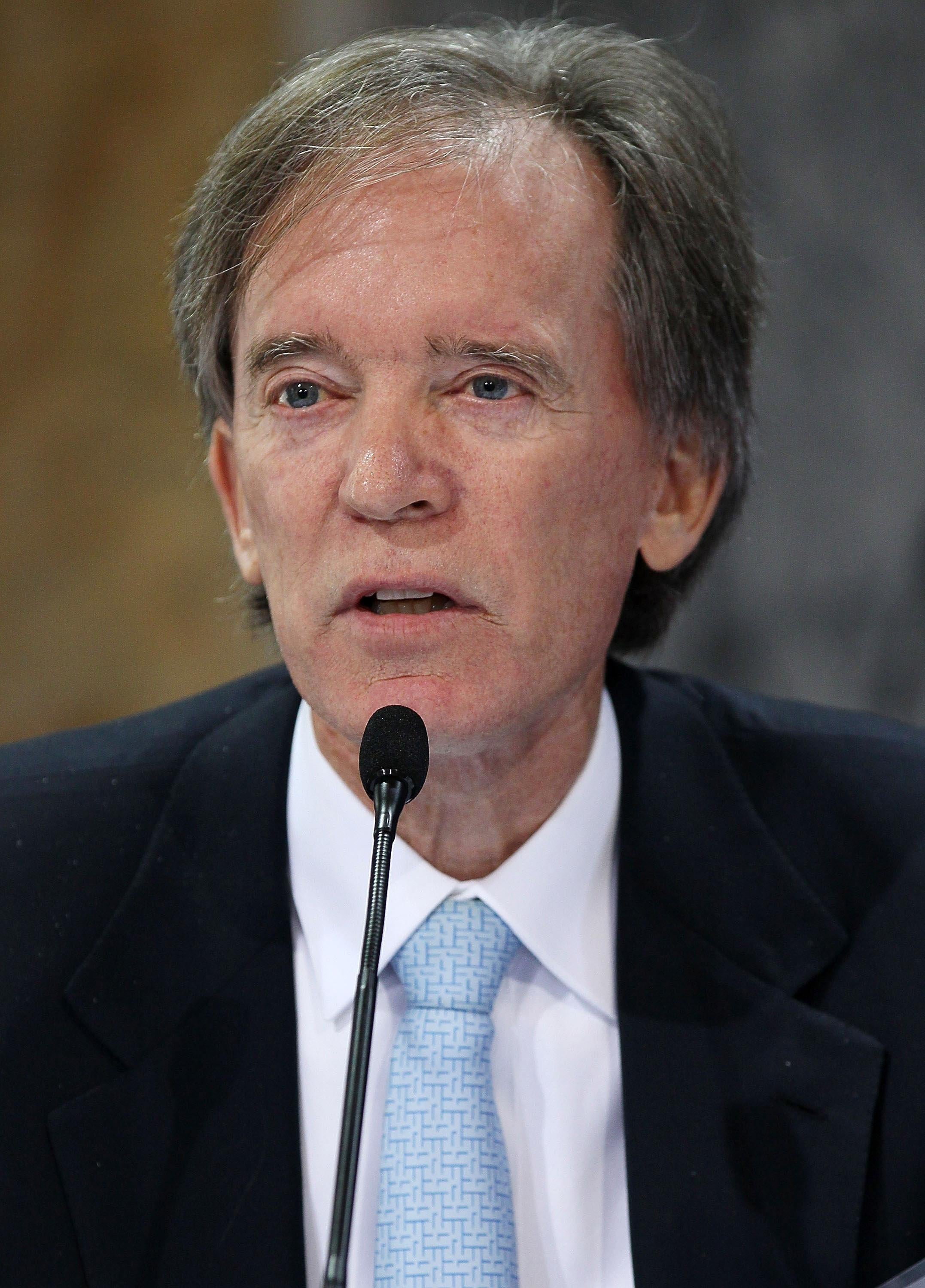Bill Gross’s FT essay on why central banks setting nominal interest rates nearly to zero doesn’t necessarily produce full employment is a vast exercise in overthinking a relatively simple issue, and he seems to have pulled Felix Salmon down the rabbit hole where he notices that Gross’ provocative thesis seems to have no policy implications.
That should be a clue that there’s a mistake in Gross’s analysis, and I think it’s easy to see where it is. What central banks do when they do interest rate targeting is they target nominal interest rates. But if you want to think about low interest rates stimulating spending and output, then it’s clearly going to be real interest rates that matter. And there’s no zero lower bound on real interest rates. Indeed, we’re below zero at some time horizons now and have been for some time. Nobody thinks anything special happens when real rates cross zero. Indeed the real interest rate can only be imputed from calculating other market indicators of inflation expectations. But insofar as you think that lower real interest rates stimulate output, then a swith from a real rate of 6% to 5% is no different than a switch from 0.34% to -0.66% or from -1.5% to -2.5% — if the real rates that result from your nominal rategoing to zero aren’t creating full employment, that’s because the real rates aren’t low enough.
So how to get them lower? One way to do it would be to use an all-electronic currency so nominal rates could go below zero. The other way is to try to raise expectations about the future level of prices or NGDP. There’s a longstanding conversation about whether it would be hard or easy for a determined government to increase NGDP expectations and about the precise interplay between “fiscal” and “monetary” measures that might get the job done. These are interesting issues (though my betting is that it would be a lot easier than a lot of people seem to think), but the zero problem as such is a bit of a red herring. If we’d spent the pre-crash decade with 6% annual inflation and medium-term expectations were well-anchored around that 6% target, then a 0% nominal rate would be very low indeed and I don’t think we’d be having this discussion at all.
